Applications for Ohio Farm Bureau Health Plans now available
Members have three ways to apply: contacting a certified agent, calling 833-468-4280 or visiting ohiofarmbureauhealthplans.org.
Read MoreOhio Farm Bureau is continuing to work with state leaders on having broadband accessible for all Ohioans across the state. Entire Ohio communities continue to have no broadband connectivity or limited reliability, putting them at an economic disadvantage, said Jenna Beadle, OFBF director of state policy.
“The biggest thing we hear from our members about not having broadband is the economic impact for those in the workplace and how even students are affected because they increasingly have to do their homework online and can’t always run over to McDonald’s or their local library for Wi-Fi access,” she said.
Last year the state legislature failed to pass a bill establishing a residential broadband expansion program through the Ohio Department of Development Services. Ohio Farm Bureau has been meeting with state leaders to reintroduce the bill, which would provide grant money to help offset the high infrastructure cost for companies putting broadband into areas with few customers.
The 2018 Farm Bill addressed broadband, requiring the Trump administration to create a 20-agency task force to determine ways federal agencies can support expanded broadband access. The task force recently made recommendations for streamlining the permitting process, using federal assets to lower the cost for projects and using data from the National Telecommunications and Information Administration to create more accurate maps to show where broadband is still limited or lacking. The 2018 Farm Bill also increased USDA’s authority to create grants and loans for middle-mile projects.
About 39 percent of rural Americans don’t have access to broadband, compared with just 4 percent of urban Americans. Source: Federal Communications Commission

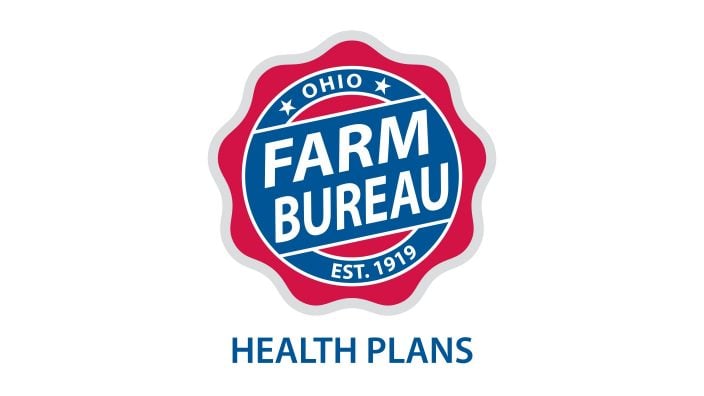
Members have three ways to apply: contacting a certified agent, calling 833-468-4280 or visiting ohiofarmbureauhealthplans.org.
Read More

For Ohio and PJM region, the outlook is reassuring—ample reserves and strong planning should keep the power on.
Read More
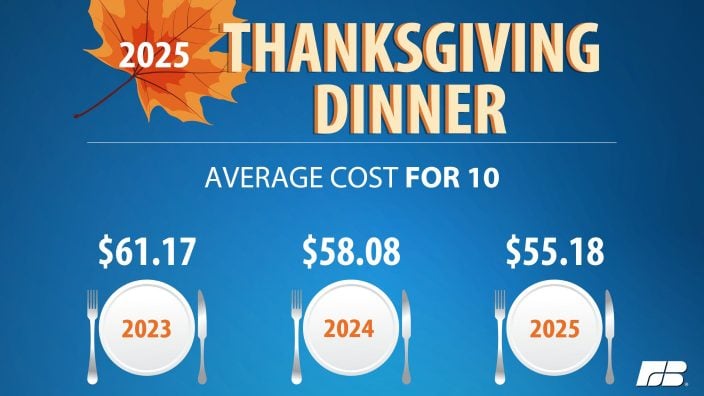
The average price for a classic holiday feast for 10 in Ohio will cost $55.87.
Read More
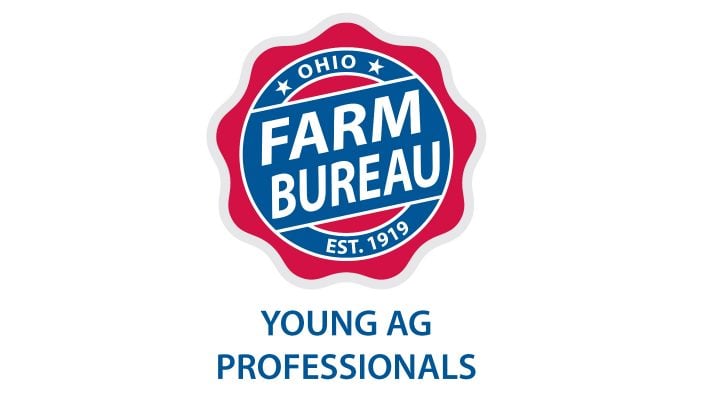
Meet the four new members of Ohio Farm Bureau’s Young Ag Professionals State Committee.
Read More

HB 10 ensures transparency around how imitation meat is labeled, along with restoring needed flexibility around the application of crop protection tools.
Read More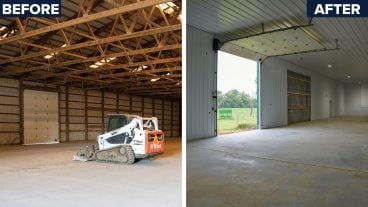
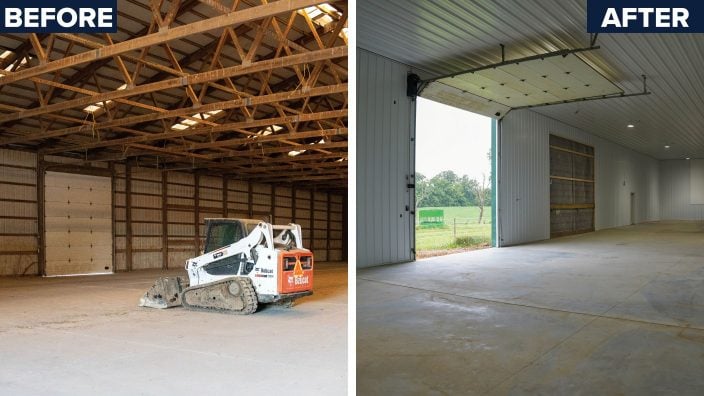
FBi Buildings has been delivering exceptional post-frame construction solutions for 65+ years, earning the trust of satisfied customers throughout the Midwest.
Read More

Ohio BWC industrial hygienists, safety consultants, and ergonomists can visit your farm, help spot risks, and suggest improvements that make a real difference.
Read More
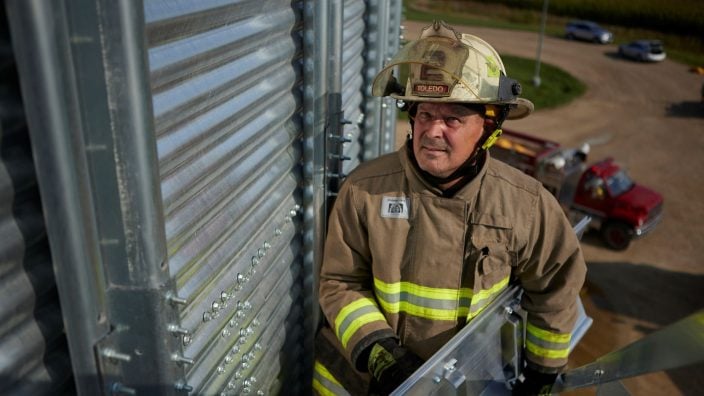
Nationwide’s Grain Bin Safety campaign expands its reach, delivering grain rescue tubes and training to 62 fire departments in 2025.
Read More

Urge President Trump and Congress to act before the end of 2025 to provide immediate relief and long-term stability for America’s farmers and ranchers.
Read More

Meet Marion County Farm Bureau member Clayton Lust, a third-generation grain farmer and Beck’s Hybrids dealer, and Kelsey Bezdek, a first-generation livestock farmer and Lake County Farm Bureau member.
Read More